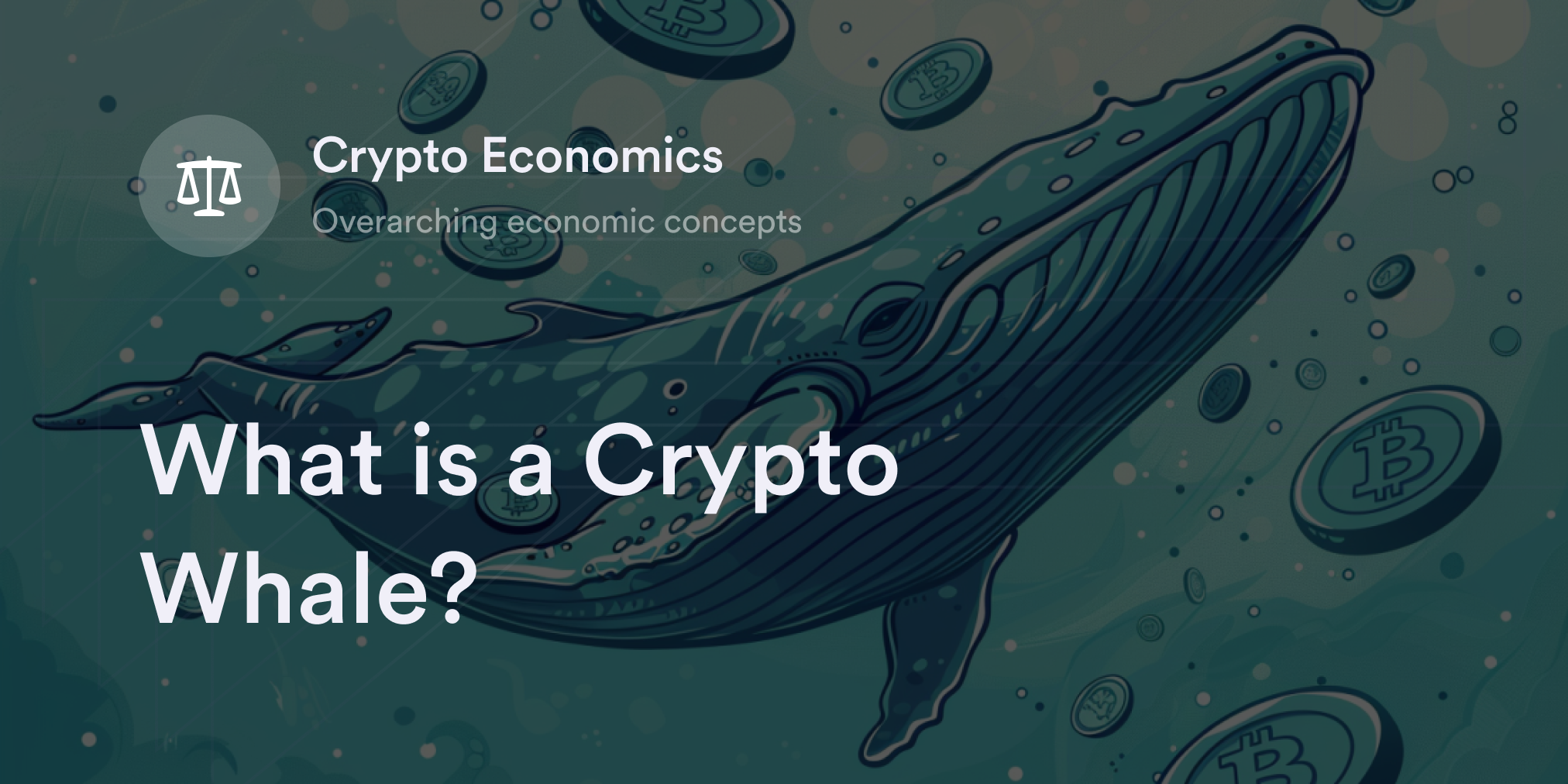


The internet was a revolutionary step forward for global communications technology, but it also opened the door to new security risks. Research from Norton suggests at least half of global consumers experience at least one cybercrime in their lifetime. Surveys also reveal that more than 80% of Americans are concerned about hackers stealing sensitive information online, such as their home addresses, email passwords, or financial information. As more consumers rely on digital services daily, cybersecurity and computer science solutions continue to advance.
To address these pressing online privacy concerns, software engineers and computer programmers rely heavily on a field of study called "cryptography." Learn what cryptography is, how it works, and its critical role in securing data in the digital age.
What is Cryptography?
Cryptography is a field of study and practice concerned with sending private communications between two parties. In fact, the word "cryptography" literally translates to "hidden writing" from its Greek roots. Cryptographers are mostly concerned about designing systems, allowing people to send, receive, and decipher sensitive data without third parties understanding or stealing this info.
Cryptographic messages are split into two elements: plaintext and ciphertext. Plaintext refers to the intended information someone wants to communicate with the recipient in a language like English. Ciphertext, on the other hand, converts the plaintext data into what appears to be unintelligible writing. It's actually a carefully crafted code that hides the original data. For example, if Romeo wants to send the message "I love you" to Juliet but doesn't want to stir up more trouble between the Montagues and Capulets, he may convert this plaintext to the "0912152205251521" ciphertext. In this case, each letter corresponds to its number in the alphabet (i.e., A equals 01, B equals 02, etc.).
This plaintext-to-ciphertext transformation is called "encryption," while "decryption" means converting ciphertext back to plaintext. As long as Juliet knows Romeo's encryption formula, she can easily "decrypt" the numbers into an intelligible—though admittedly un-Shakespearean—love letter.
A Brief Overview of Encryption’s History
In the 21st century, cryptography intertwines with images of large computers and advanced encryption algorithms, but cryptography has existed for thousands of years. In fact, Julius Caesar invented one of history's most consequential encryption methods: the Caesar cipher. Caesar often shifted an alphabet by three spaces in sensitive military documents (i.e., A became D, B became E, etc.). Since Caesar substituted one letter for another in his formula, this encryption is also known as a "substitution cipher." Fun fact: There's also evidence that a few Egyptian tombs have strange hieroglyphics, potentially making them some of the earliest known examples of ciphertext!
Many governments and famous personalities have used similar encryption techniques to communicate data and messages with select individuals. For instance, while Mary Queen of Scots was imprisoned in the 1500s, a loyal supporter, Anthony Babington, sent messages in an intricate code involving 23 symbols for some letters, 25 symbols signifying full words, and a few signs which didn't mean anything. Unfortunately for Mary, Sir Francis Walsingham intercepted these letters, and his team discovered a plot to assassinate Queen Elizabeth I. In 1587, the queen arrested her cousin and had her beheaded.
In the 20th century, Nazi Germany developed an advanced encryption machine called the "Enigma," which deployed multiple rotors to scramble letters used in military documents. To further complicate matters, the Nazis changed their Enigma's circuit system daily during World War II, making it impossible for anyone without the updated cipher code to decode these messages. Luckily, British computer scientist Alan Turing created a sophisticated unscrambling machine known as the "Bombe," helping the Allies learn how to get into cryptography technologies like the Enigma.
Following World War II, cryptography’s focus turned from encoded messages to software data. IBM introduced the Data Encryption Software (DES) with the NSA in 1977, which served as the standard encryption cipher for computer systems until the ’90s. By then, computers had advanced so far that it was possible to crack the DES' code without much effort. Today, information systems rely on the Advanced Encryption Standard (AES) cipher to protect data online.
What is a Key in Cryptography?
To encrypt and decrypt cryptographic info, senders and receivers need to know how to "unlock" their message’s meaning. The "tool" people use to understand what cryptographic data means is called the "key." In early history, the key would refer to the unique cipher code used in messages. For instance, once Walshingham knew the symbols in Babbington's letters, he had the "key" to the code.
In modern computer systems, however, "keys" are often long alphanumeric lists to scramble software-based plaintext into ciphertext. These virtual keys often work with cryptographic algorithms to "translate" and share data with trusted parties, preventing outsiders from breaking into private communications.
Two Major Types of Cryptography
Keys are critical in all cryptographic systems, but protocols use this software to encrypt and decrypt data in two different ways.
Symmetric key cryptography: Before the advent of hi-tech computers, symmetric key cryptography was the only available form of encryption technology. In this system, a single key encrypts and decrypts data. Therefore, senders and receivers need to have access to one shared key to protect and read ciphertext in symmetric encryption systems. For example, the AES breaks data into 128 "bits" of ciphertext, using a 128-, 192-, or 256-bit key to hide and decipher the meaning.
Asymmetric key cryptography: This emerged in the ’70s and requires two keys to scramble and unscramble messages. One of these cryptographic keys—the public key—functions as a kind of "home address" that’s safe to share with others to send and receive data. The private key (aka secret key), however, is a crucial passcode, giving the user exclusive access to their data and the power to encrypt and decrypt messages.
Cryptocurrencies like Bitcoin (BTC) use a form of asymmetric cryptography to verify electronic transfers on decentralized computer networks (aka blockchains). In fact, cryptographer Satoshi Nakamoto used a specific asymmetric elliptic curve cryptography in Bitcoin's system. Anyone with a self-custodial wallet on Bitcoin's blockchain can access their private and public keys, meaning they have intermediary-free control over the crypto they store on their wallet. People freely send their public keys to receive BTC, but only those who know the private keys access their digital currency on the blockchain.
Cryptography’s Use Cases
Cryptography lets people more securely send sensitive data on the World Wide Web with limited risk of disclosing their identities. When people scan a credit card on an e-commerce website or log in to email profiles, cryptographic technologies typically prevent malicious actors from breaking into their accounts. The privacy and security cryptography offers also change the concept of money thanks to advancements in the cryptocurrency space. Bitcoin showed the world it's possible to use asymmetric encryption to create a secure and decentralized peer-to-peer (P2P) digital payment system. The combination of public and private keys in each Bitcoin wallet gives users full custody over their funds, allowing them to control digital currency without relying on a bank or government agency.
In 2015, the Ethereum blockchain expanded the use case of Bitcoin's encryption technology to create decentralized applications (dApps) using programs called "smart contracts." These smart contracts automatically recognize inputs and outputs to execute commands without centralized intermediaries. Protocols built with Ethereum's smart contract technology have all the security of asymmetric cryptography plus the decentralization of blockchain networks, potentially offering more secure communications than corporate-controlled web-based apps, such as Facebook or Twitter.Cryptography lets people more securely send sensitive data on the World Wide Web with limited risk of disclosing their identities. When people scan a credit card on an e-commerce website or log in to email profiles, cryptographic technologies typically prevent malicious actors from breaking into their accounts. The privacy and security cryptography offers also change the concept of money thanks to advancements in the cryptocurrency space. Bitcoin showed the world it's possible to use asymmetric encryption to create a secure and decentralized peer-to-peer (P2P) digital payment system. The combination of public and private keys in each Bitcoin wallet gives users full custody over their funds, allowing them to control digital currency without relying on a bank or government agency.
Using smart contract design, dApps don't need to collect personal data from users, such as passwords or email addresses, for authentication. Instead, Ethereum dApps need users to connect their crypto wallet to a website to use services such as decentralized finance (DeFi) or play-to-earn games. Users only need to "write" a cryptographic signature with their private wallet when interacting with a dApp to give permission to start using the site. These advancements in cryptocurrency technology may reduce how much personal data people need to share online, changing how computer developers think about the future of online privacy and security.
Learn More About Crypto Fundamentals on dYdX
Understanding how cryptocurrency works can be confusing for new traders. If you want to learn more about cryptocurrency topics, such as pump-and-dump schemes, leverage trading, and crypto staking, check out our Academy. Also, head to dYdX's blog to read more information about our products and software updates.
We offer eligible traders a low-fee decentralized trading platform with dozens of crypto perpetuals and up to 20x leverage.
Eligible traders can start trading on dYdX today!
Disclaimer
The content of this article (the “Article”) is provided for general informational purposes only. Reference to any specific strategy, technique, product, service, or entity does not constitute an endorsement or recommendation by dYdX Trading Inc., or any affiliate, agent, or representative thereof (“dYdX”). Use of strategies, techniques, products or services referenced in this Article may involve material risks, including the risk of financial losses arising from the volatility, operational loss, or nonconsensual liquidation of digital assets. The content of this Article does not constitute, and should not be considered, construed, or relied upon as, financial advice, legal advice, tax advice, investment advice, or advice of any other nature; and the content of this Article is not an offer, solicitation or call to action to make any investment, or purchase any crypto asset, of any kind. dYdX makes no representation, assurance or guarantee as to the accuracy, completeness, timeliness, suitability, or validity of any information in this Article or any third-party website that may be linked to it. You are solely responsible for conducting independent research, performing due diligence, and/or seeking advice from a professional advisor prior to taking any financial, tax, legal, or investment action.
You may only use the dYdX Services in compliance with the dYdX Terms of Use available here, including the geographic restrictions therein.
Any applicable sponsorship in connection with this Article will be disclosed, and any reference to a sponsor in this Article is for disclosure purposes, or informational in nature, and in any event is not a call to action to make an investment, acquire a service or product, or purchase crypto assets. This Article does not offer the purchase or sale of any financial instruments or related services.
By accessing this Article and taking any action in connection with the information contained in this Article, you agree that dYdX is not responsible, directly or indirectly, for any errors, omissions, or delays related to this Article, or any damage, injury, or loss incurred in connection with use of or reliance on the content of this Article, including any specific strategy, technique, product, service, or entity that may be referenced in the Article.







